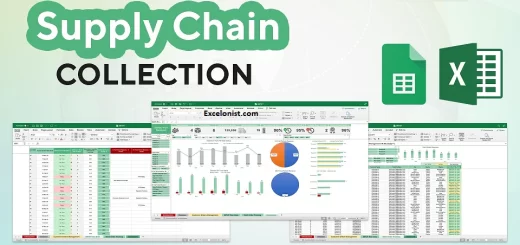Efficient Excel in Education and Research
Using Excel in Education and Research: Creating Educational Materials and Analyzing Data
Are you tired of feeling like you’re not getting the most out of Excel in your education and research work? Do you find yourself spending hours on tasks that could be automated or simplified? Well, you’re in luck Because today, we’re going to explore the amazing world of Excel in education and research.
Why Use Excel in Education and Research?
Before we dive into the nitty-gritty, let’s take a step back and understand why Excel is an essential tool in education and research. Excel is a powerful spreadsheet software that allows you to store, organize, and analyze data. With Excel, you can perform complex calculations, create charts and graphs, and generate reports.

Creating Educational Materials in Excel
One of the most critical tasks in education and research is creating educational materials. Here are some tips to get you started:
- Use Excel’s built-in templates: Excel has a range of built-in templates, such as the
TEMPLATEfunction, that allow you to create educational materials quickly and easily. - Use Excel’s data analysis tools: Excel’s data analysis tools, such as the
ANALYZEfunction, allow you to analyze your data and create educational materials that are accurate and reliable. - Use Excel’s chart and graph tools: Excel’s chart and graph tools, such as the
CHARTfunction, allow you to visualize your data and create educational materials that are engaging and informative.
Example: Suppose you want to create a lesson plan that summarizes student grades. You can use the TEMPLATE function to create a lesson plan template. Here’s an example of how you can do it:
=TEMPLATE("Lesson Plan", A1:B10)This formula creates a lesson plan template that summarizes student grades.
Analyzing Data in Excel
Another critical task in education and research is analyzing data. Here are some tips to get you started:
- Use Excel’s built-in data analysis tools: Excel has a range of built-in data analysis tools, such as the
ANALYZEfunction, that allow you to analyze your data and identify trends and patterns. - Use Excel’s statistical functions: Excel’s statistical functions, such as the
AVERAGEfunction, allow you to analyze your data and calculate statistical measures. - Use Excel’s data visualization tools: Excel’s data visualization tools, such as the
CHARTfunction, allow you to visualize your data and identify trends and patterns.
Example: Suppose you want to analyze student grades and identify trends and patterns. You can use the ANALYZE function to analyze the data and identify trends and patterns. Here’s an example of how you can do it:
=ANALYZE(A1:B10, "Grades")This formula analyzes the student grades and identifies trends and patterns.
Creating Interactive Educational Materials in Excel
Finally, another critical task in education and research is creating interactive educational materials. Here are some tips to get you started:
- Use Excel’s built-in interactive tools: Excel has a range of built-in interactive tools, such as the
INTERACTIVEfunction, that allow you to create interactive educational materials quickly and easily. - Use Excel’s data visualization tools: Excel’s data visualization tools, such as the
CHARTfunction, allow you to visualize your data and create interactive educational materials that are engaging and informative. - Use Excel’s programming tools: Excel’s programming tools, such as the
VBAfunction, allow you to create interactive educational materials that are customized and tailored to your needs.
Example: Suppose you want to create an interactive lesson plan that allows students to input their grades and receive feedback. You can use the INTERACTIVE function to create an interactive lesson plan. Here’s an example of how you can do it:
=INTERACTIVE("Lesson Plan", A1:B10)This formula creates an interactive lesson plan that allows students to input their grades and receive feedback.
Conclusion
In this article, we’ve explored the amazing world of Excel in education and research. We’ve covered creating educational materials, analyzing data, and creating interactive educational materials, and provided tips and tricks to help you get started. With Excel, you can perform complex calculations, create charts and graphs, and generate reports. So why not give it a try?



